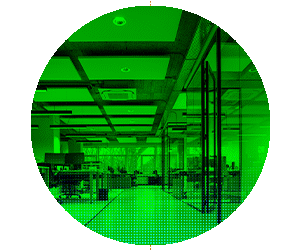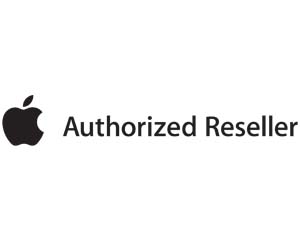MacBooks also retain greater value than their PC counterparts. According to the Forrester study, the average enterprise PC maintained 15% residual value after four years, whereas Apple MacBooks kept 30% of their residual value over the same period; that enabled companies to recoup more of their original investment. Miller also notes that the MacBook Air with M3 is made with 50% recycled materials, which means that MacBook Air is built with sustainability in mind.
For those concerned about adding the MacBook Air to an ecosystem comprised of Window PCs, there is complete compatibility. “Apple and Microsoft work together. All of the Windows apps work on Mac computers, including Teams, Outlook, Word and PowerPoint,” says Miller.
The Advent of Apple Intelligence
The MacBook Air with M3 is also specifically built for Apple Intelligence. Apple Intelligence is a suite of artificial intelligence tools developed by Apple Inc., designed to enhance user experience across devices like iPhone, iPad, and Mac. It combines on-device processing with server-based models to perform natural language understanding, image generation, and personalized assistance. This makes it a smart investment for any businesses looking to integrate artificial intelligence (AI) into their workflows.
The company has an established reputation in the AI space. “Apple’s hardware has been AI-ready since 2020,” says Miller. “The M-series chip was the first to introduce the neural engine. Apple has been using it for years for on-device intelligence, while some competitors rely on the cloud for the resources required to manage AI.”
These advancements allow users to leverage AI when they’re connected to local Wi-Fi or larger cloud networks and take intelligence with them no matter where they go.
LEARN MORE: Read BizTech stories on laptops, touch screens and workstations.
An Apple for Everyone
Both the MacBook Pro and the MacBook Air offer enhanced operations and AI-ready architecture, thanks to the Apple silicon chip. But for enterprises, it’s not a question of which is better. It’s about which one will better support business goals and user workflows.
Ultimately, the MacBook Air offers the power and performance everyday users need, Miller says, at a price that aligns with tight business budgets.
This article is brought to you by:














